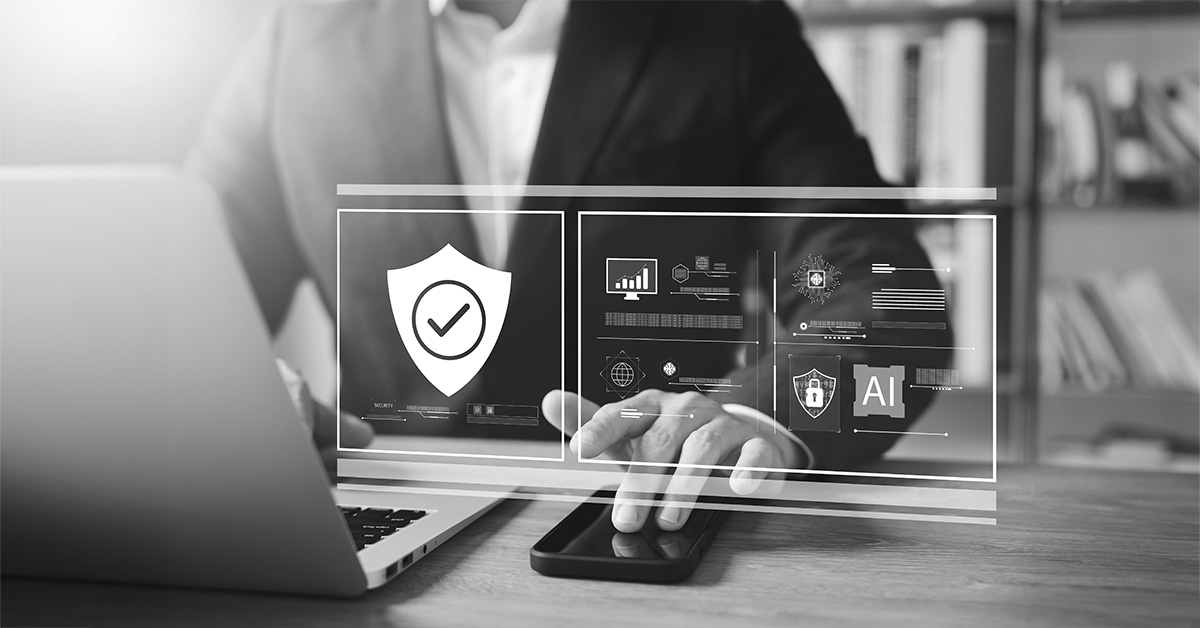Ensuring Privacy in the Age of AI: Exploring Solutions for Data Security and Anonymity in AI

With the widespread use of AI technology, numerous AI models gather and process vast amounts of data, much of which comprises personal information utilized to offer personalized experiences. However, this abundance of data poses inherent risks, particularly in terms of privacy and security. As AI systems become more sophisticated, the potential for unauthorized access or misuse of sensitive data escalates, emphasizing the need to implement robust safeguards within AI systems to ensure the protection of user privacy and prevent unauthorized access and exploitation.
Artificial intelligence thrives on big data, leveraging vast amounts of personal information shared daily. Yet, this convenience comes at the cost of privacy. Notable cases include Facebook-Cambridge Analytica, where data from 87 million users was used without consent to target political ads; Strava’s heatmap inadvertently exposed military base locations; and IBM’s use of Flickr photos for facial recognition raised consent issues.
Privacy Risks of AI
AI utilizes various data collection techniques, including web scraping, for the automatic capture of both public and personal data. Commonly employed biometric technologies such as fingerprinting and facial recognition contribute to this process. Additionally, real-time data from IoT devices and social media monitoring provide AI systems with demographic information, preferences, and emotional states, often without users’ explicit awareness or consent. These methodologies present distinctive challenges to AI privacy, such as:
- Data accuracy: The precision of AI outcomes relies heavily on algorithms supplied with comprehensive and varied datasets. Yet, when certain groups are inadequately represented in these datasets, it can lead to imprecise conclusions and decisions that may carry adverse consequences. This inadvertent formation of algorithmic bias remains a prevalent issue.
- Data security: Large datasets powering AI systems are vulnerable to cyber threats. Despite their accuracy benefits, breaches expose privacy vulnerabilities. Moreover, AI can easily de-anonymize anonymized data.
- Predictive analytics: Through pattern recognition and predictive modeling, AI can discern users’ behaviors and preferences, often without their explicit consent or awareness.
- Lack of Transparency in Decision-making: AI algorithms frequently make significant decisions that impact individuals. However, the reasoning behind these decisions is often unclear, making it challenging to address privacy breaches.
- Embedded bias: Inadequate monitoring leaves AI susceptible to reinforcing biases present in the data it processes, possibly leading to discriminatory outcomes and breaches of privacy.
Data Anonymization in AI
Data anonymization is essential for safeguarding individual identities while still ensuring the usefulness of data for AI and machine learning purposes. This process entails either removing or obscuring Personally Identifiable Information (PII) from datasets, often through techniques such as masking or generalization. According to the General Data Protection Regulation (GDPR), anonymous data refers to information that cannot be linked to any identified or identifiable individual or data that has been anonymized to the extent that identifying the data subject is no longer feasible. De-identification methods outlined in the Health Insurance Portability and Accountability Act (HIPAA) involve eliminating identifiers from health information.
Techniques of data anonymization
- k-Anonymity: Ensures each individual’s information in the release is indistinguishable from at least k-1 others. It provides robust protection against identity disclosure but may result in potential data utility loss and does not prevent attribute disclosure.
- l-Diversity: Each anonymized group contains at least “l” diverse values for sensitive attributes. While it enhances defense against attribute disclosure, it also brings challenges such as higher computational complexity and possible information loss.
- t-Closeness: Requires the distribution of a sensitive attribute within each group to closely match the overall distribution within a threshold t. It offers a better balance between privacy and utility compared to l-diversity but is challenged by computational complexity and the requirement for a defined distance metric.
In a recent study published in Nature Communications, a neural network linked individuals to their anonymized data. It identified 14.7% of users with just interaction webs from one week after the latest records. With data about the target’s interactions and their contacts, this rose to 52.4%. This suggests that re-identification from anonymized datasets remains a possibility. One way to remedy this problem is with the Differential Privacy algorithm (DP), which can significantly reduce the risk of de-anonymization.
Differential Privacy Algorithm (DP)
Differential Privacy ensures statistical data doesn’t compromise individual privacy, providing robust protection for dynamic datasets, albeit with noise and utility impacts. By adding noise to sensitive data, private information inference can be prevented. Differential privacy is easier to deploy than encryption methods, allowing AI models to derive insights from aggregated data while upholding contributor anonymity, thereby lowering data leakage risks.
Building privacy-focused AI
Responsible AI entails integrating privacy considerations throughout development, incorporating privacy-enhancing technologies, anonymizing data, and enforcing robust security measures. This fosters a privacy-valuing culture and enhances trust in AI systems. Data minimization limits the collection to essential data, ensuring compliance and mitigating breach risks. Access controls, audits, and updates further bolster security. Transparency and consent empower users, promoting data protection and regulatory compliance.
Good data hygiene involves secure collection, retention, and use of necessary data types. Developers must use accurate, fair datasets and enable user control to mitigate bias. This will enhance both security and privacy, safeguarding against cyberattacks and preventing unauthorized access to sensitive information. It also builds user confidence in AI systems, fostering broader adoption and acceptance. By prioritizing responsible AI practices, organizations demonstrate their commitment to ethical data handling and respect for user privacy rights. This mitigates risks and fosters long-term trust and loyalty among users.
Editor’s Note: The opinions expressed in this guest author article are solely those of the contributor and do not necessarily reflect those of Tripwire.

